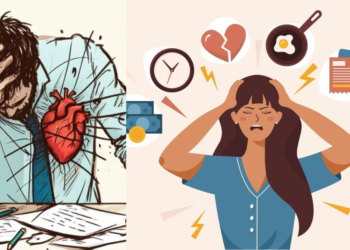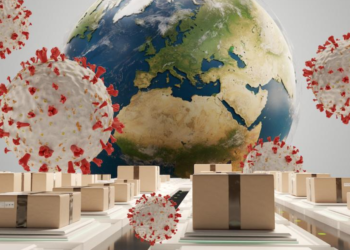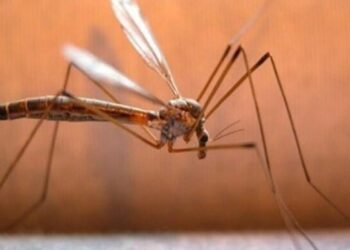You won’t believe how many tiny plastic particles paper cups covered in plastic can emit after just fifteen minutes of exposure to tea-coffee.
Yes, tiny plastic particles known as microplastics have found their way into our natural surroundings.
Now we need to ponder – Is it appropriate to use paper cups?
Disposable paper cups are frequently used to drink hot liquids like tea or coffee. But according to some, doing so may result in the consumption of microplastic particles, which pose a health risk. Dr. Kiran Patil, the district collector of Buldhana, Maharashtra, recently issued an order outlawing paper cups. Paper cups “are the main reason behind the rising cases of cancer,” he said in a statement. We therefore made the decision to consult experts.
While paper cups are not directly linked to cancer, the chemicals used in their linings, such as microplastics or perfluoroalkyl substances (PFAS), may cause the disease, according to Dr. Tirathram Kaushik, consultant oncosurgeon at Wockhardt Hospitals Mira Road, who acknowledged that there is ongoing discussion about the safety of paper cups, particularly for those who use them on a daily basis.
Tiny plastic particles known as microplastics have found their way into our natural surroundings. According to Dr. Mridul Malhotra, medical oncology specialist at Manipal Hospital Dwarka in New Delhi, their relationship with the biological ecology of humans is being closely examined.
According to Dr. Malhotra, there are several ways in which microplastics could contribute to carcinogens:
Chemical composition contamination: Carcinogen-containing compounds may be transported and delivered to human tissues via microplastics.
Inflammation: Microplastics have the ability to alter cells, which can result in cancer.
The human body’s protective barriers can be further compromised by microplastics, which can also disturb the mucus layer, especially in the gastrointestinal system.
Additionally, it is a known fact that certain contaminants may be absorbed into hot beverages when they are given in paper cups, raising worries about long-term exposure that may eventually affect one’s health, Dr. Kaushik said.
It’s crucial to remember that there is currently no concrete evidence linking the occasional usage of paper cups to cancer. Dr. Kaushik stated, “There is no evidence to support this allegation.
Dr. Malhotra cited a study from August 2024 that found that just 15 minutes of contact to hot beverages in paper cups coated with plastic can cause the discharge of almost 25,000 small plastic particles. “People who regularly consume almost three cups of hot beverages may consume approximately 75,000 invisible plastic particles,” Dr. Malhotra stated.
Paper cups have the advantages of being lightweight and convenient, but they also have the drawbacks of possibly containing chemicals that might cause environmental issues due to single-use trash.
To reduce exposure and the impact on the environment, choose paper cups that are marked as BPA-free for safer use and think about utilizing reusable alternatives like ceramic cups, Dr. Kaushik advised.
Dr. Malhotra suggests the following preventative steps to steer clear of microplastics in food:
Food should not be heated in plastic containers; instead, use glass or stainless steel containers. And make sure about:
Selecting containers that are safe for the microwave
Cutting back on single-use plastics
Drinking water that has been filtered
The effects of microplastics are being intensively studied by the scientific and medical communities. Dr. Malhotra stated, “Recent studies highlight the possible risks and the need for long-term research to establish definitive causal relationships.”













